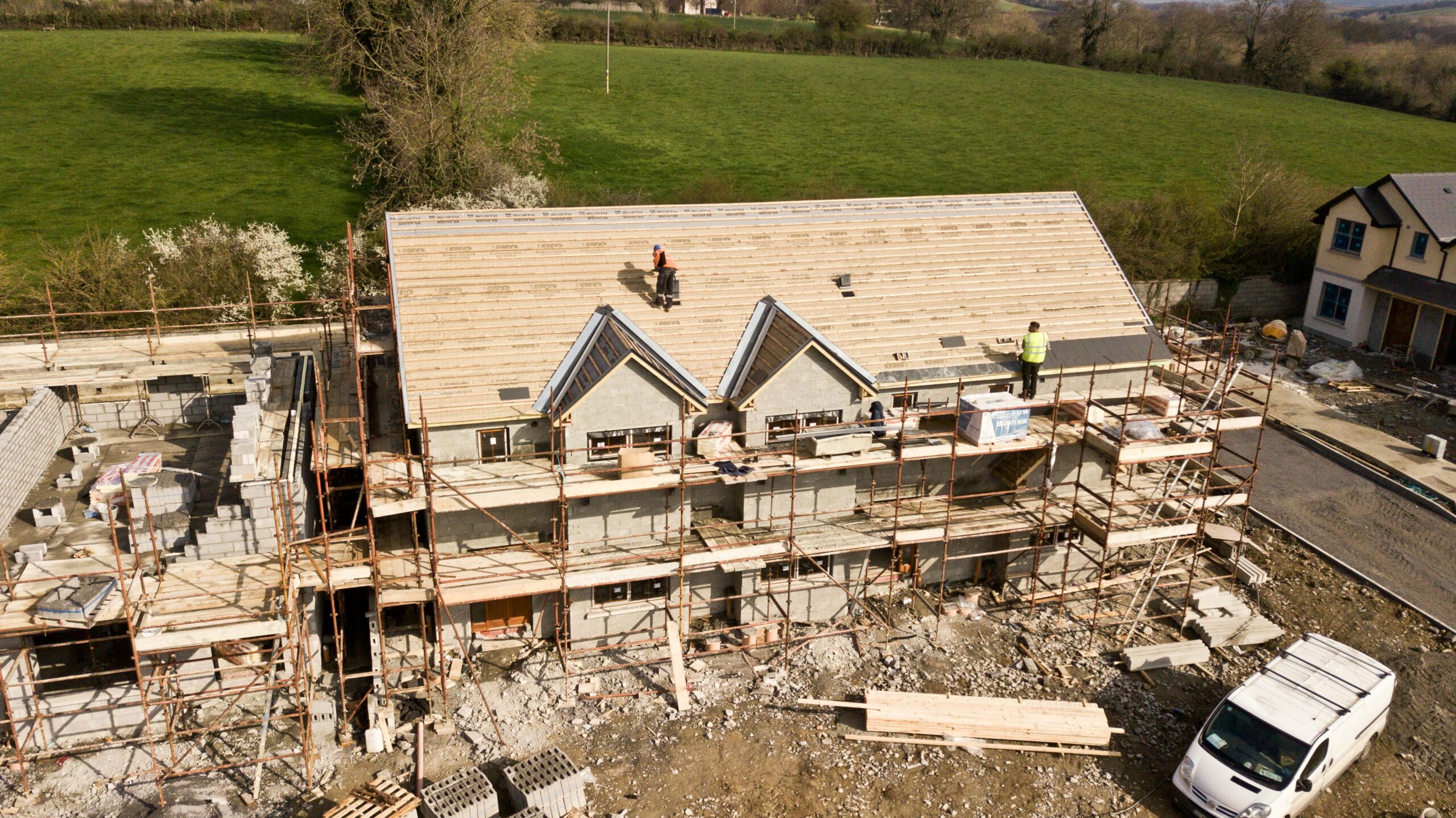The architectural landscape has witnessed a myriad of transformations, each era laying a stone on the path of innovation. Among the various elements that have undergone significant evolution, roofing stands out as a testament to human ingenuity and the relentless pursuit of shelter and security. From the rudimentary shelters of ancient civilizations to the sleek and sustainable designs of the contemporary world, the journey of roofing materials and techniques is a rich narrative of progress. In the midst of this historical tapestry, the expertise of a Joliet Roofing contractor serves as a beacon, guiding homeowners through the myriad options that history has bestowed upon us.
Ancient Beginnings: The Dawn of Roofing
The genesis of roofing is as old as humanity itself, rooted in the primal need for protection against the elements. Ancient civilizations employed natural materials readily available in their surroundings, leading to a diverse array of roofing solutions across different cultures. Thatch roofs made from straw, leaves, and reeds were prevalent in Europe and Asia, offering simplicity and efficiency. Meanwhile, in regions abundant with clay, such as Mesopotamia, the birthplace of civilization, mud bricks and baked tiles became the cornerstone of roofing, showcasing early human ingenuity in utilizing local resources.
The Roman Influence: Engineering and Expansion
The Romans were pivotal in the evolution of roofing, introducing innovations that would shape architectural practices for centuries. They popularized the use of tiles, which provided durability and better protection from the weather. The introduction of tegula and imbrex tiles, overlapping to ensure water runoff, marked a significant advancement in roofing technology. Roman engineering also saw the development of more complex roof structures, including domes and vaults, expanding the possibilities of architectural design and functionality.
The Medieval Tapestry: Diversity and Durability
The medieval period brought with it a rich diversity in roofing materials and techniques. In Europe, the scarcity of wood led to the increased use of stone and slate roofs, which offered unparalleled longevity and resistance to fire. The Gothic era introduced pointed arches and flying buttresses, allowing for higher and more intricate roofs. This period also saw the emergence of lead roofing in ecclesiastical buildings, demonstrating the medieval penchant for combining functionality with aesthetic appeal.
The Industrial Revolution: Innovation and Industrialization
The advent of the Industrial Revolution marked a turning point in the evolution of roofing. The mass production of materials such as metal, asphalt shingles, and concrete tiles made roofing more affordable and accessible. Metal roofing, in particular, gained popularity for its durability and fire resistance. The introduction of asphalt shingles in the early 20th century revolutionized the roofing industry, offering a cost-effective and versatile option that remains prevalent today.
The Modern Era: Sustainability and Technology
Today, the roofing industry is at the forefront of technological innovation and environmental sustainability. The growing awareness of climate change has spurred the development of green roofing solutions, including solar tiles, green roofs covered with vegetation, and cool roofs designed to reflect more sunlight and absorb less heat. Modern materials such as synthetic rubber and polymer composites offer improved durability and weather resistance, catering to the diverse needs of contemporary architecture.
Navigating the Present: The Role of Joliet Roofing Contractors
In the current architectural landscape, the expertise of roofing contractors is invaluable. A Joliet Roofing contractor, with a deep understanding of both historical and modern roofing techniques, can offer tailored solutions that blend tradition with innovation. Whether it’s restoring the timeless charm of a historic home or integrating the latest in green roofing technology, these professionals bridge the past and the future, ensuring that the roofs over our heads continue to evolve in harmony with our environmental and aesthetic aspirations.
As we delve deeper into the nuances of roofing evolution, it’s imperative to highlight the cultural and geographic adaptations that have shaped roofing practices worldwide. In regions with heavy snowfall, such as Scandinavia, steeply pitched roofs became a hallmark, designed to prevent the accumulation of snow, thus safeguarding the structure beneath. Conversely, in arid regions like North Africa, flat roofs not only facilitated the collection of rainwater but also served as additional living spaces.
This adaptability underscores roofing’s role not merely as a protective barrier but as an integral component of a dwelling’s architectural identity. Furthermore, the resurgence of traditional materials in modern roofing, such as clay tiles in Mediterranean-inspired homes or thatched roofs in sustainable projects, illustrates a growing appreciation for the aesthetic and ecological benefits of historical practices. These examples reflect a broader trend in architecture: a convergence of innovation and tradition, where the lessons of the past inform the solutions of the future. As we continue to push the boundaries of what roofing can achieve, the synthesis of these diverse influences ensures that our shelters remain as varied and dynamic as the cultures they spring from.
Conclusion
The evolution of roofing from ancient times to the modern day is a reflection of humanity’s adaptability and creativity. As we look to the future, the lessons of the past, coupled with technological advancements, promise a new chapter in the saga of roofing. One that not only shelters us from the elements but does so in a way that is sustainable, efficient, and in harmony with the natural world. The expertise of Joliet Roofing contractors, grounded in the rich history of their craft, will continue to play a crucial role in shaping the roofs of tomorrow, ensuring that the legacy of human ingenuity endures in the skyline of our civilizations.

